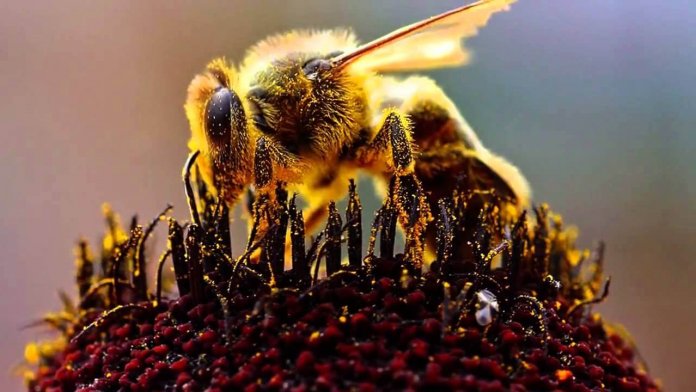The Immaculate Conception is a central theme in many religious stories. With the intervention of divine forces, a woman gives birth to a child, while remaining a virgin. However, in real life, such "virgin childbirth" is impossible among Homo sapiens, and in any species of mammals.
Does this mean that the virgin birth is impossible in the animal kingdom? Surprisingly, no. There is such a term as "parthenogenesis", it is applicable to a form of asexual reproduction, which can manifest itself in both plants and animals. In the latter case, this means that the embryo develops from an unfertilized egg. Sometimes it is a matter of survival, allowing females to produce offspring if there are few or no males. And it happens that parthenogenesis can be caused by external causes, such as an infectious disease.
Here are the top 10 animals that have the natural gift of immaculate conception.
10. Scorpions
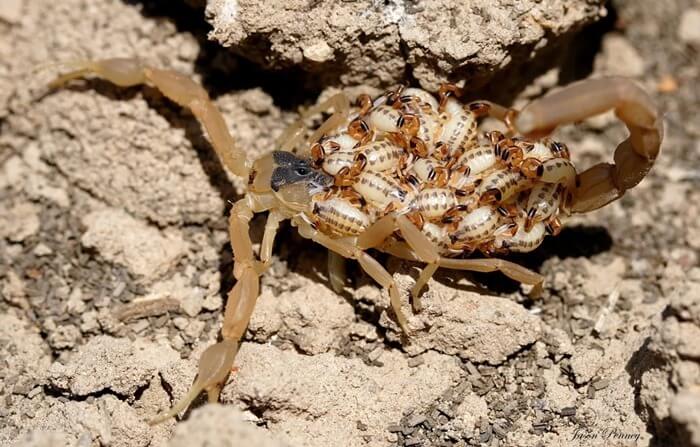 These arachnids are best known for their poisonous weapon, the sting on their tail. But perhaps scarier than having a sting is the fact that some of these eight-legged nightmares can reproduce without the help of a partner. There are nine species of parthenogenetic scorpions, capable of producing anywhere from two to several dozen venomous scorpions, depending on the species.
These arachnids are best known for their poisonous weapon, the sting on their tail. But perhaps scarier than having a sting is the fact that some of these eight-legged nightmares can reproduce without the help of a partner. There are nine species of parthenogenetic scorpions, capable of producing anywhere from two to several dozen venomous scorpions, depending on the species.
9. Sharks
 Parthenogenesis is known to occur in several shark species, including the zebra shark and even some species of hammerhead shark. This phenomenon was mainly observed in captivity when females were isolated from males. The most famous case of immaculate conception in toothy predators was recorded in 2016, when a zebra shark named Leonie, who lives in one of the Australian aquariums, gave birth to three sharks. Moreover, her last partner was transferred to another aquarium back in 2012. Genetic analysis of Leonie and her offspring showed that the cubs only have the mother's genes.
Parthenogenesis is known to occur in several shark species, including the zebra shark and even some species of hammerhead shark. This phenomenon was mainly observed in captivity when females were isolated from males. The most famous case of immaculate conception in toothy predators was recorded in 2016, when a zebra shark named Leonie, who lives in one of the Australian aquariums, gave birth to three sharks. Moreover, her last partner was transferred to another aquarium back in 2012. Genetic analysis of Leonie and her offspring showed that the cubs only have the mother's genes.
This is most likely an evolutionary trait that allows the species to survive with a small number of males available. However, researchers fear that this could lead to a lack of genetic diversity and jeopardize the long-term survival of sharks in the wild.
8. Dragons of Komodo Island
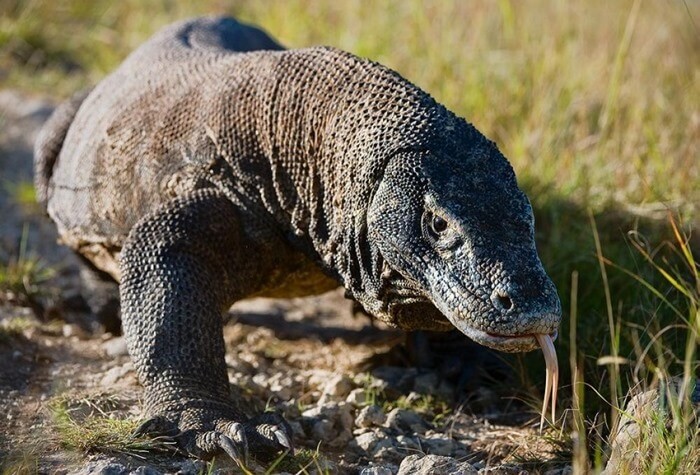 These venomous and sharp-toothed monitor lizards, reminiscent of mini-dinosaurs, are surprisingly frightening creatures. Add to the formidable appearance of Komodo dragons the ability to reproduce offspring parthenogenetically, and they become one of the the most unusual animals in the world.
These venomous and sharp-toothed monitor lizards, reminiscent of mini-dinosaurs, are surprisingly frightening creatures. Add to the formidable appearance of Komodo dragons the ability to reproduce offspring parthenogenetically, and they become one of the the most unusual animals in the world.
Parthenogenesis in Komodo dragons is believed to be a consequence of their remote habitat, where males are not always around. Young "dragons" hatched from eggs receive all the necessary genetic material from their mother. At the same time, both males and females can be born with the help of immaculate conception.
7. Stick insects
 Ghosts, they are also stick insects, are insects that very successfully "adapt" to the environment. You can hardly tell them apart from a small twig or leaf, which is why they got their name.
Ghosts, they are also stick insects, are insects that very successfully "adapt" to the environment. You can hardly tell them apart from a small twig or leaf, which is why they got their name.
It is believed that this effective camouflage, as well as other defensive traits, emerged to help stick insects survive and ward off predators. But another amazing evolutionary feature that only some species of stick insects have is the ability to give birth to offspring without the help of fertilization. Moreover, under natural conditions, males and females mate without any restrictions, but in laboratory conditions, lonely females do not wait until a cute neighbor is added to them, but lay unfertilized eggs.
6. Snakes
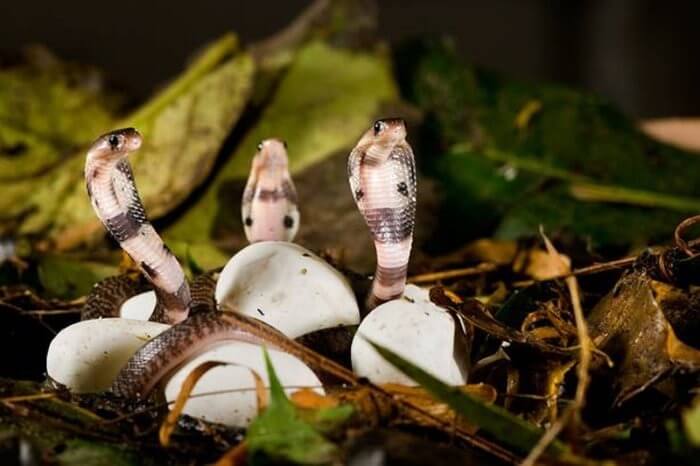 Boa constrictors and reticulated pythons (the largest snake in the world) - these are just some of the types of snakes capable of immaculate conception. At first, scientists believed that the ability of snakes to reproduce offspring without males is "activated" only in the absence of these same males. However, it then turned out that some species of snakes lay eggs even when there are males nearby.
Boa constrictors and reticulated pythons (the largest snake in the world) - these are just some of the types of snakes capable of immaculate conception. At first, scientists believed that the ability of snakes to reproduce offspring without males is "activated" only in the absence of these same males. However, it then turned out that some species of snakes lay eggs even when there are males nearby.
Interestingly, parthenogenesis in snakes usually results in fewer snakes, as well as offspring with a shorter life span. Therefore, there is a theory that the process of immaculate conception is provoked by external factors, such as a bacterial or viral infection.
5. Spiders unopids
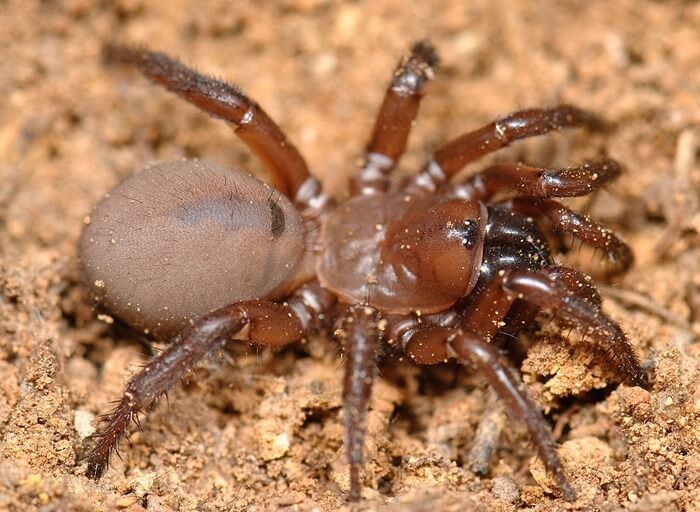 Although in the photo these spiders look very formidable, in reality their length is less than three millimeters. And they can only be dangerous for Ant-Man.
Although in the photo these spiders look very formidable, in reality their length is less than three millimeters. And they can only be dangerous for Ant-Man.
So far, only females of this species have been found, which prompted researchers to assume that they reproduce strictly parthenogenetically.
4. Honey bees
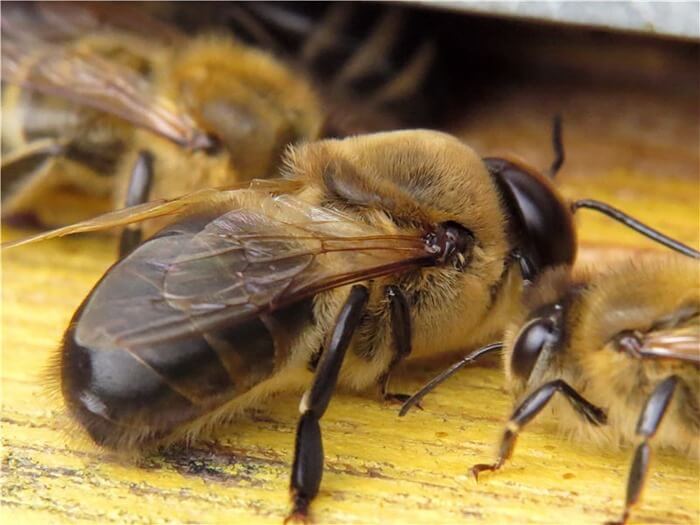 The queen bee is usually the only female in the hive capable of laying fertilized eggs. But when the queen dies, some worker bees may lay eggs parthenogenetically in an attempt to prolong the life of the hive. In these difficult circumstances, workers produce eggs, from which not only a drone can emerge, but also a female, which, with luck, will develop into a queen bee. However, in case of failure, the entire bee colony collapses.
The queen bee is usually the only female in the hive capable of laying fertilized eggs. But when the queen dies, some worker bees may lay eggs parthenogenetically in an attempt to prolong the life of the hive. In these difficult circumstances, workers produce eggs, from which not only a drone can emerge, but also a female, which, with luck, will develop into a queen bee. However, in case of failure, the entire bee colony collapses.
However, in the South African Cape bees, self-fertilization of females is the norm, and not as rare as in other species.
3. Melania snails
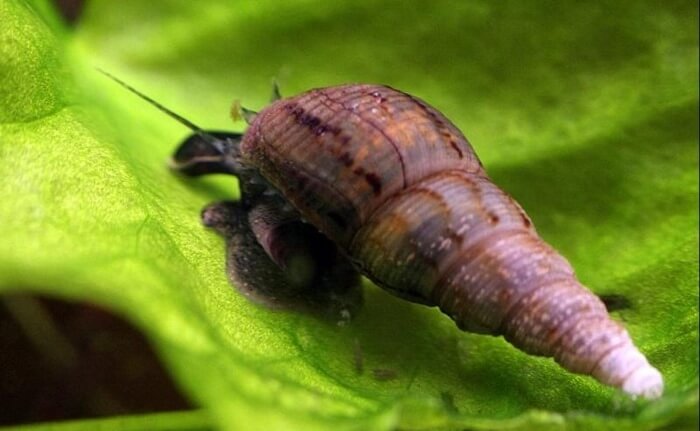 Although several species of snails have the ability to reproduce offspring through parthenogenesis, melania snails (aka sandy ones) prefer immaculate conception. These creatures have no natural predatory enemies and are often bought for aquarium breeding. Among the melanias, there are also males, but only many of them have non-functional genitals. And the snail reproduces in two ways: either parthenogenetic or ovoid.
Although several species of snails have the ability to reproduce offspring through parthenogenesis, melania snails (aka sandy ones) prefer immaculate conception. These creatures have no natural predatory enemies and are often bought for aquarium breeding. Among the melanias, there are also males, but only many of them have non-functional genitals. And the snail reproduces in two ways: either parthenogenetic or ovoid.
In the second case, the eggs are inside the mother until the new snails are ready to hatch.
2. Turkeys
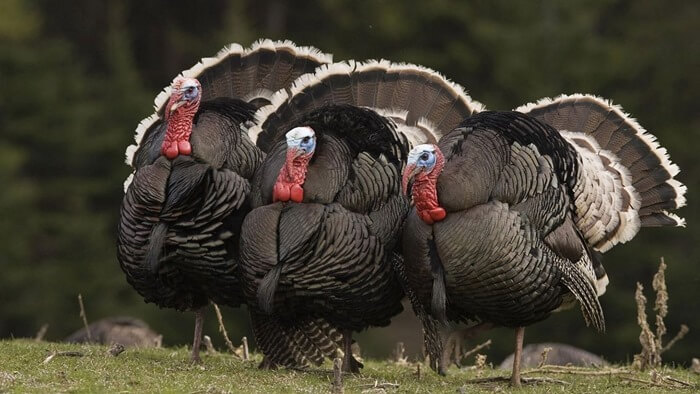 Parthenogenesis has been observed in some breeds of domesticated turkeys. If males are separated from females, the mechanism of parthenogenesis can be triggered. At the same time, females, which are within earshot of males, reproduce asexually more often than their "friends", who are far from males.
Parthenogenesis has been observed in some breeds of domesticated turkeys. If males are separated from females, the mechanism of parthenogenesis can be triggered. At the same time, females, which are within earshot of males, reproduce asexually more often than their "friends", who are far from males.
1. Mexican Whiptail Lizard
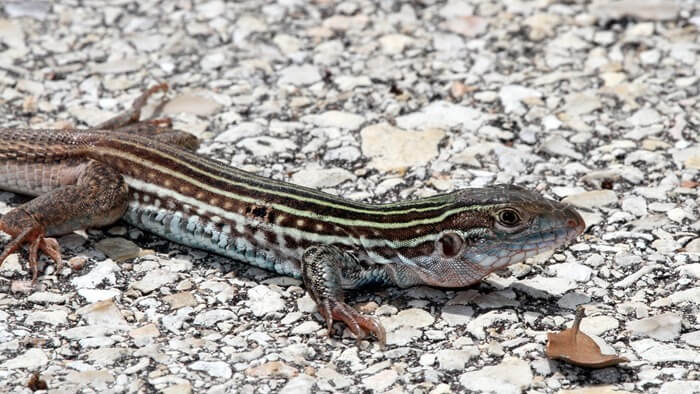 In the first place in the ranking of animals capable of immaculate conception are lizards of the genus Cnemidophorus neomexicanus. Their homeland is New Mexico.
In the first place in the ranking of animals capable of immaculate conception are lizards of the genus Cnemidophorus neomexicanus. Their homeland is New Mexico.
This species is fully female and fully parthenogenetic. Males are completely unnecessary for reproduction, and they die immediately after birth.
Interesting fact! The theory behind these strange lizards is that females need to mimic sex with other females to stimulate ovulation. Because of this, the whip-tailed lizards have been nicknamed "lesbian lizards". In each mating season, the roles of the "sexual partners" change. That is, a lizard that in the past played the role of a “man” can play a “female” role in the new mating game, and vice versa.

